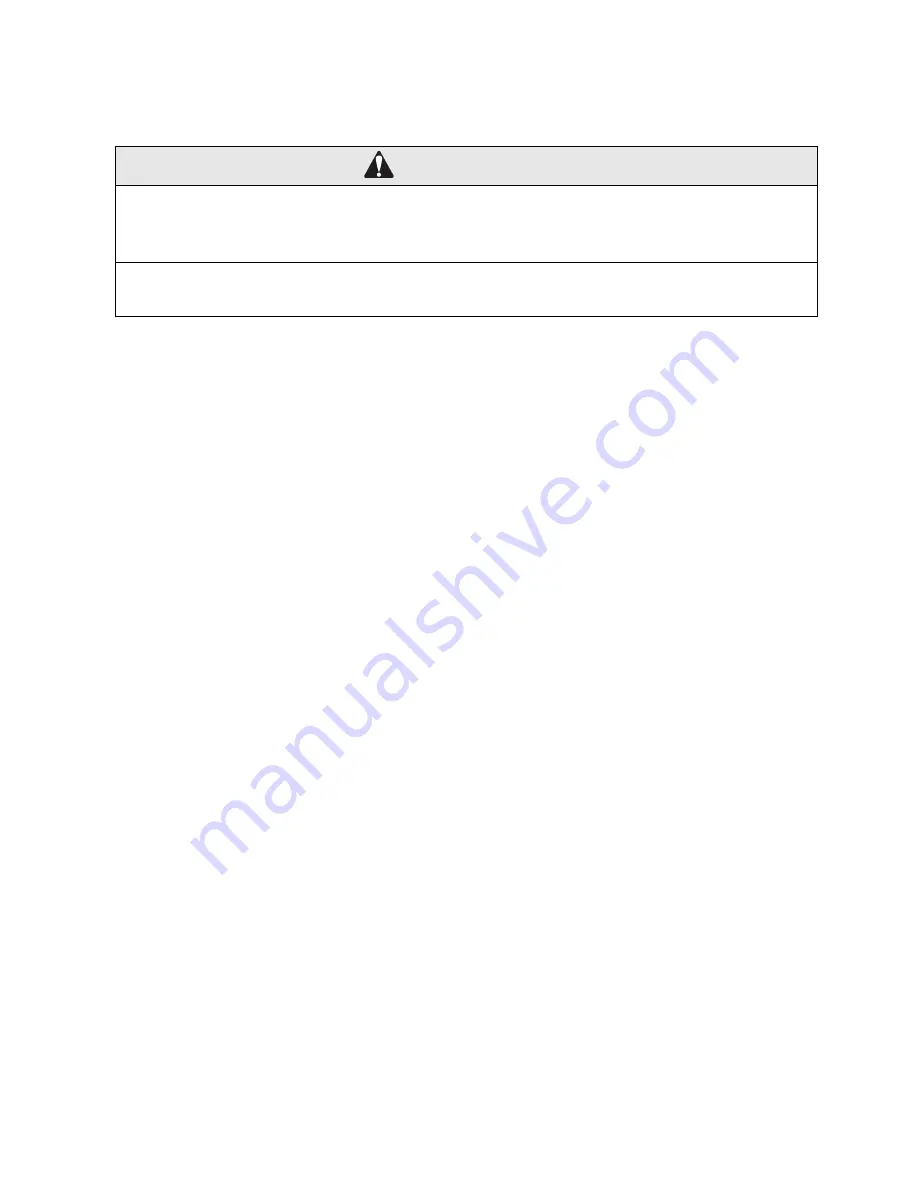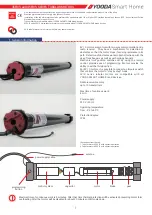
12
STORAGE
WARNINGS
When storing fuel or equipment with fuel in tank:
•
Store away from furnaces, stoves, water heaters, or other appliances that have a pilot light or
other ignition source because they can ignite vapors.
When Transporting Equipment:
•
Transport with fuel tank EMPTY or with fuel shut-off valve OFF.
The following precautions should be taken if storing your engine for more than 30 days or for seasonal
storage:
➢
While the engine is still warm, change oil.
➢
Clean engine of surface debris, including any grass or dirt
➢
Drain all fuel from the fuel tank into a proper receptacle for storage.
➢
Remove spark plug. Place 1 teaspoon or 5 ml of oil into the spark plug hole
➢
Pull starter rope
slowly
8-10 times to pereperly coat the cylinder bore and piston for
storage.
➢
Replace spark plug and tighten. Note that Any residual oil may burn off in subsequent
starts. This may result in white smoke emission from muffler, which should dissipate in
a few minutes.
➢
Store the engine upright in a clean, dry area. Storing or transporting the engine with the
spark plug down will result in hard starting and/or engine smoking.
When removing the unit from storage, only use fresh gasoline. Perform operation checks (see
maintenance schedule) before starting engine.
CAUTION:
Fuel should always be drained when engine will not be used for more than 30 days because
fuel evaporates and degrades over time, and the residue can gum up the carburetor and engine components.
To protect against degradation in the fuel, we recommend adding a fuel stabilizer when filling the engine.
The fuel stabilizer can help maintain the integrity of the fuel for a longer period of time and provide some
protection against unplanned non-use. However, the fuel stabilizer will not fully prevent the degradation
and the fuel should be drained if the engine remains unused.
































